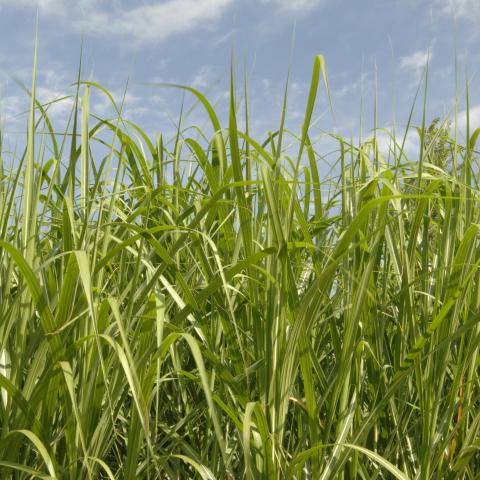‘Bout Broke Farm
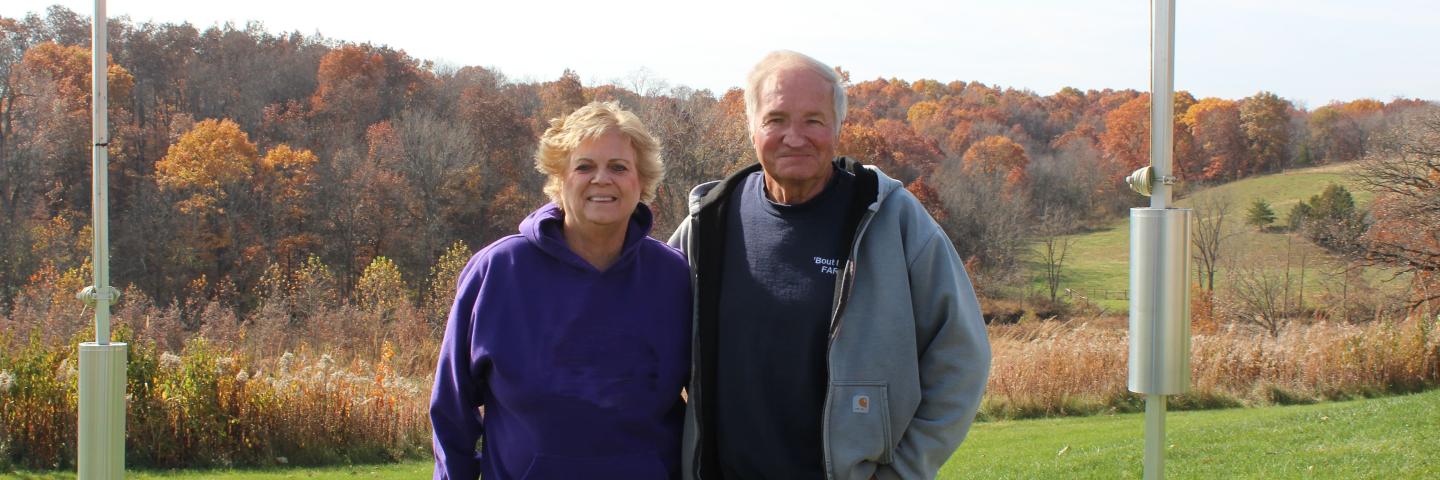
Steve & Dianne White take stewardship to the next level on their land. Their inspiring story shows what is possible with a love of nature and a little help from NRCS.
‘Bout Broke Farm- Fulton County
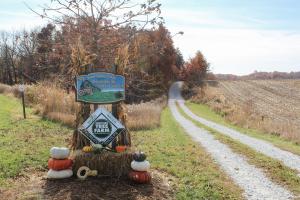
Steve & Dianne White- Landowners
If you visit Steve & Dianne White’s Vermont, Illinois farm, you are immediately greeted with a stunning view of forest, wetlands, and cropland (with ample residue!). This is in stark contrast to the miles upon miles of heavily tilled fields you see on your way there. While agriculture normally results in an artificial ecosystem, it’s easy to see right away that ‘Bout Broke Farms is something different.
Follow a short pass through a wooded area filled with nut-bearing trees and bird feeders over to a wide-open view of native prairie grasses, trees, and see the White’s beautiful home sitting on a hill. The sunroom in back has a picture-perfect view of this landscape. No doubt they spend time taking in the beauty of it and watching wildlife all around them.
A life-long passion
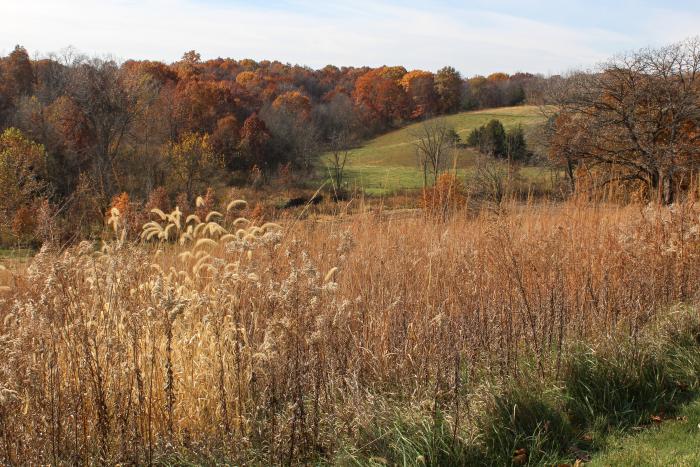
Steve’s passion for wildlife and conservation started early. He grew up in a heavily timbered area of Eastern Iowa in Jackson County where his family often hunted. As a boy, Steve hunted pheasants, quail, rabbits, and squirrels. He hasn’t hunted since then, but his passion for wildlife and nature remains strong over the years.
The motivation for purchasing and transforming these Illinois acres in Fulton County comes from remembering walking through those woods and seeing beautiful creatures in their natural environment. This farm’s rolling hills reminded him of that childhood home. They chose this land out of 13 prospective farms because it had the right look and the potential to be amazing. Dianne was happy it was close to the grandchildren. They purchased the land in 2006, moving there after Steve retired at 56, having worked for Caterpillar for 35 years and serving in the Marine Corps. While working at Caterpillar he took night classes and received his degree in business.
Steve was never a farmer and never wanted to be. The land was tilled for 40 years and was in a degraded condition when they bought it. Steve went to work right away fixing the massive gullies and soil degradation. He saw how drastically local habitat was shrinking and knew wildlife needed a place to go. He didn’t want to create just a home for his family, he wanted to create a home for wildlife as well.
Taking stewardship of ‘Bout Broke Farm
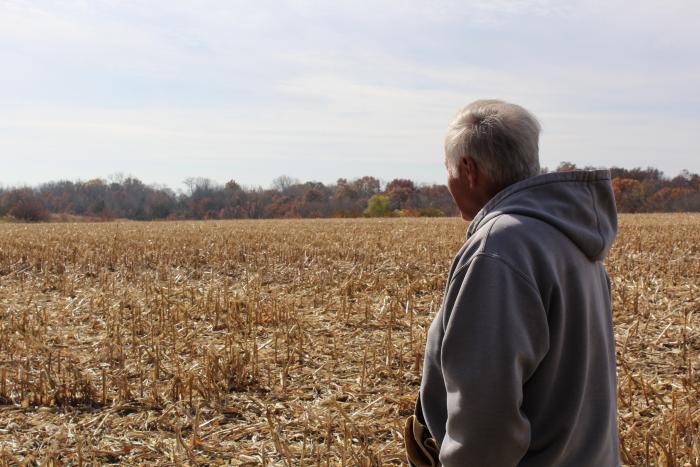
Dianne explains “As we’re putting in the road, Steve decides we’re gonna build the house, and then he wants a Morton building. Well, he’s gotta have a tractor. Then he needs a side-by-side to get around. I say ‘jeeze Steve, by the time we get done with all this, we’re gonna be about broke.’” Steve laughed, knowing his wife had just named the farm.
‘Bout Broke Farms is 86 acres total with 34 production acres, 48 of which were farmable at purchase. Steve rents out the 34 acres and their operator farms using no-till, leaves corn stalks and plants into beans and wheat. Steve won’t use anhydrous, and instead uses granular fertilizer with light tillage.
Today the land includes cropland, forests, wetlands, pollinator habitat, and prairie. Steve says, “It doesn’t matter if you have an acre or a hundred acres, there’s always something you can do for wildlife. It’s the small landowners who help curb the decline of some species we have in this state.”
According to Steve, “Wheat is great for the quail in the spring. There’s some height on it then, so they can “bug” in it. The fall wheat’s already starting to come up. That will be something to munch on through the winter for the deer. They are busy cleaning up the corn stalks too.” It is clear Steve thinks about the implications of farming and the health of the ecosystem he has created.
Wheat also serves as a cover crop over the winter, preventing soil erosion, keeping the soil healthy, and in the fields. Winter wheat can also improve soil stability, suppress weeds, build soil organic matter, and improve water infiltration.
Building wildlife habitat
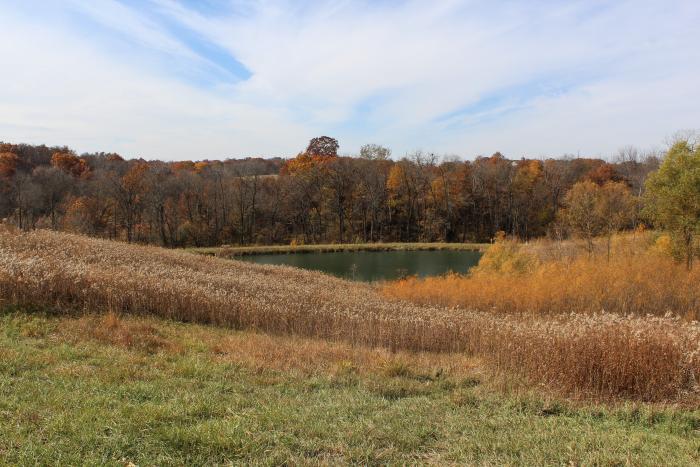
Steve’s catch phrase is a familiar one, but so true: “If you build it, they will come.” The wildlife did come, and they made ‘Bout Broke Farm their home. The property’s diversity ensures the Whites can play host to a variety of species. One hobby is birdwatching about 71 different species onsite. View the full list at the bottom of this post.
One summer, Steve sent a picture of a unique lizard they’d seen to the US Fish & Wildlife Service. Turns out, it was the first Broad Headed Skink seen in Fulton County since the 1980s. If this lizard feels threatened, their tails turn vibrant blue to attract and then detach and continue wiggling, which confuses the predator while the lizard flees.
Steve created several pollinator plots on his land. On top of ecological benefits, these areas support beneficial insects. Creating new Monarch Butterfly habitat is a special interest for Steve. He is also an advocate to his neighbors, educating them and motivating them to take similar actions on their acres.
Steve has hosted several tours of his property, the latest being a Tree Farm Field Day this October. He has also hosted US Fish & Wildlife staff among others. In 2017 he hosted a field visit for Annie’s Project, a nonprofit that provides education to strengthen women’s role in farming.
“In the Summer and Fall I just go down to the pollinator habitat and watch the Monarchs. There’s another landowner down here with a huge patch of milkweed, probably about half an acre. He had a guy that leased that ground who would always farm right through that patch. The milkweed never had a chance. I talked to him about the importance of milkweed to the monarchs and he’s left it alone the last two years. I took one of the NRCS monarch signs and put that up on his fence post. Now he’s helping the monarchs,” explains Steve.
The balance between profits and conservation

When asked about conservation practices in relation to profits, Steve says “I understand producers have to make money, that’s what they’re in it for. The conservation side of their stewardship is as important, if not more, important. How do you save native wildlife so those behind us have a chance to see it? The conservation side has to be a priority if we’re going to save some of these endangered and threatened species.”
On his own and with the help of NRCS, Steve has put in place several conservation practices on the property, including pollinator plots, clover strips, grade stabilization structures, wetlands, tree planting, and more. These conservation practices stopped the soil erosion that was causing runoff into the Otter Creek, which feeds into the Illinois River. This led to water quality improvement, not only on his own property, but for his major water source as well.
He has 3.5 acres in the Conservation Reserve Program (CRP) which runs around and between the pond and one of the wetlands. The wetland was put in before the pond to catch nitrates and phosphorous from crop fields. Steve says it’s a natural and popular spot for ducks during spring and fall migration.
Steve also has 13.2 acres in the Conservation Reserve Enhancement Program (CREP) under a 35-year easement. He could have opted for a 10-year easement but was thinking forward to the future. He planned to plant trees there but wanted to ensure that if he passed away and the farm was sold, these acres wouldn’t be easily bulldozed back into cropland. The Conservation Stewardship Program (CSP) has also been instrumental in the land’s transformation.
According to Steve, “There’s a creek down there, so it seemed like a perfect fit for trees. Most years they couldn’t farm it anyways. The plan called for 4,000 hardwoods to be planted and we had about 50-55% success rate. The bigger oaks are yielding acorns now, so the deer don’t have to come up to the front yard. Walnuts had a really good year. There are some persimmon and pecans that will bear fruit within the next couple years.” The Whites were recognized as 2022 Outstanding Tree Farmers by the Illinois Tree Farm Program for this planting.
Getting some help
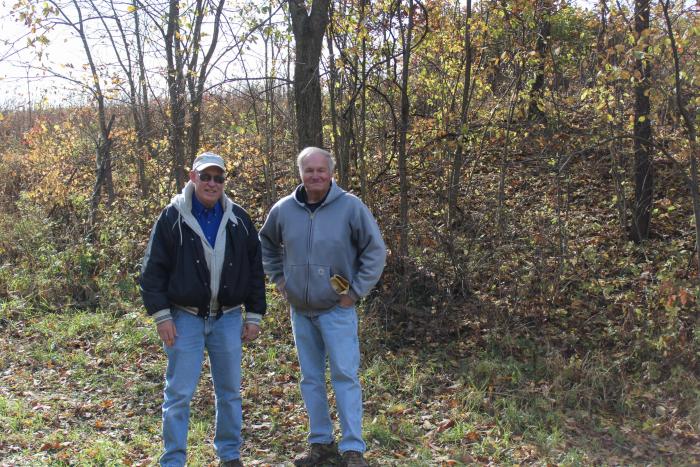
Steve explains that he got assistance “Anywhere I could get help maximizing the land.” Many agencies played a part in providing technical and financial assistance for ‘Bout Broke Farm, including:
• USDA NRCS
• US Fish & Wildlife Service
• Pheasants Forever
• Quails Forever
• Fulton County SWCD
• Illinois Department of Natural Resources
• Illinois Recreational Access Program & Strike Team
• Ducks Unlimited
Steve returned the favor by volunteering his time, not only to help on his own land, but to help others with their conservation efforts as well. He served on both the Fulton County Soil Water Conservation District board and the Illinois Tree Farm Program board.
One partner that has remained constant through all the years is the Natural Resources Conservation Service (NRCS). Steve has worked with District
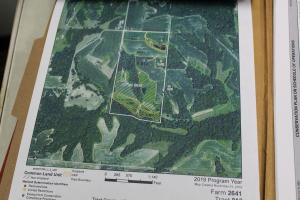
Conservationist Kim Smail since 2006! “He’s given me a lot of ideas and a lot of support over the years. Kim has helped an awful lot to be able to spur on some of these projects,” Steve explains.
Kim confirms he strives to be more of a resource to customers. “If you were looking for a resource or a solution and I couldn’t provide it, I would direct you to somebody who could. Steve had no preconceived plans and was always open to the technical suggestions and ideas I offered up,” Smail adds.
Steve has used several NRCS programs throughout the years, such as the Conservation Reserve Enhancement Program (CREP), Conservation Reserve Program (CRP), and the Conservation Stewardship Program (CSP). Voluntary conservation programs can provide both technical and financial assistance.
If you would like to get started on your partnership with NRCS, use our service center locator and make an appointment to talk to a local conservationist.
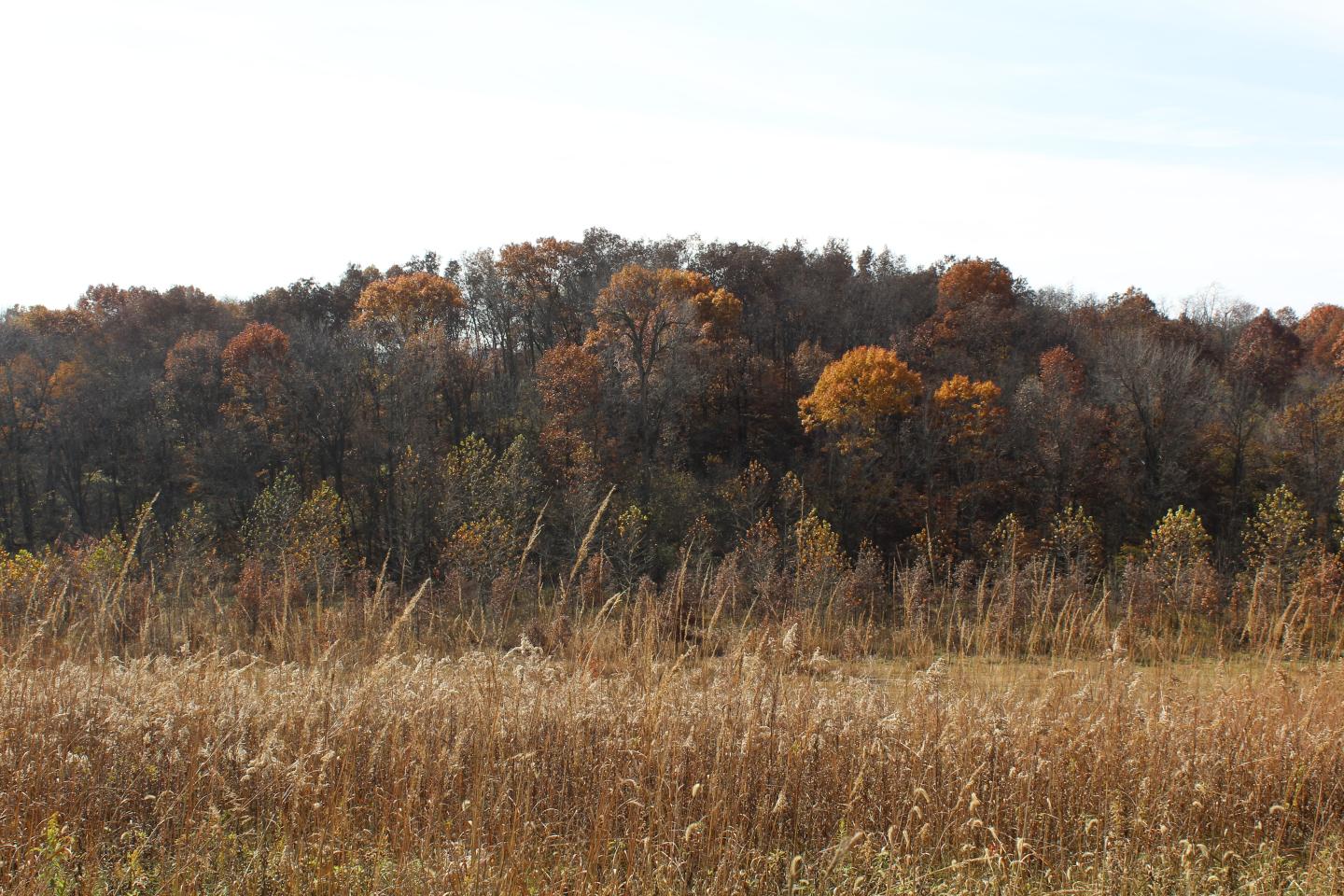
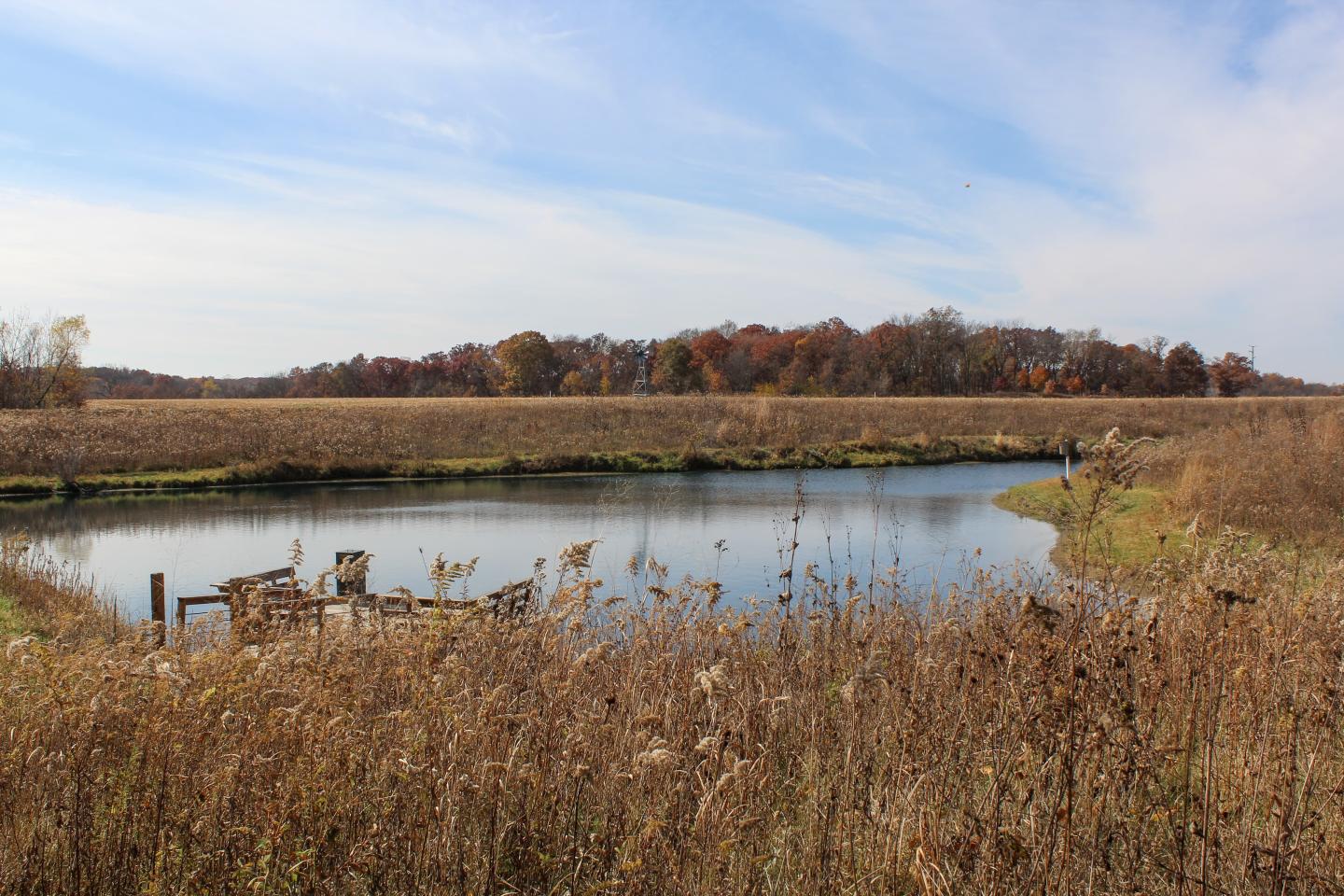
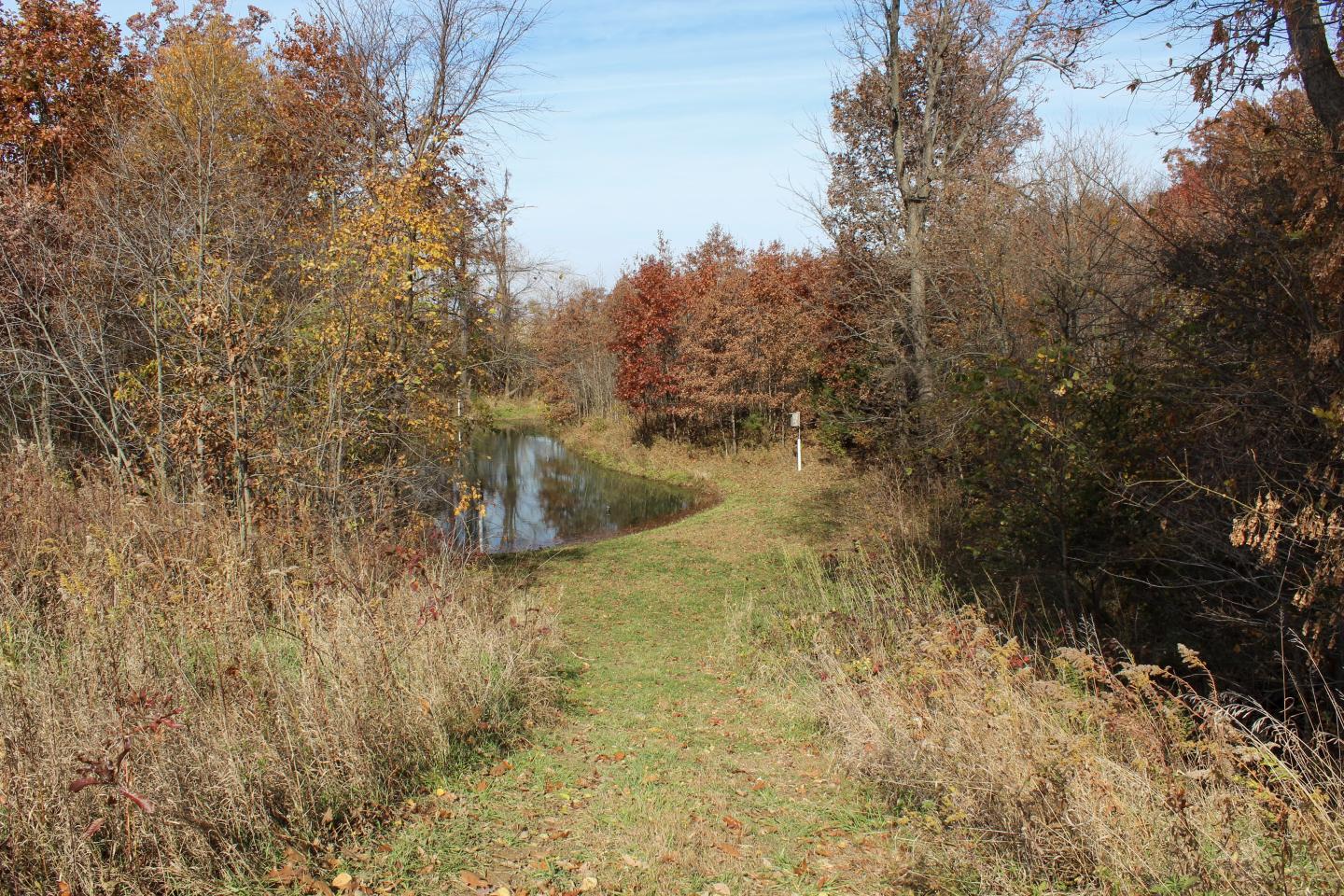
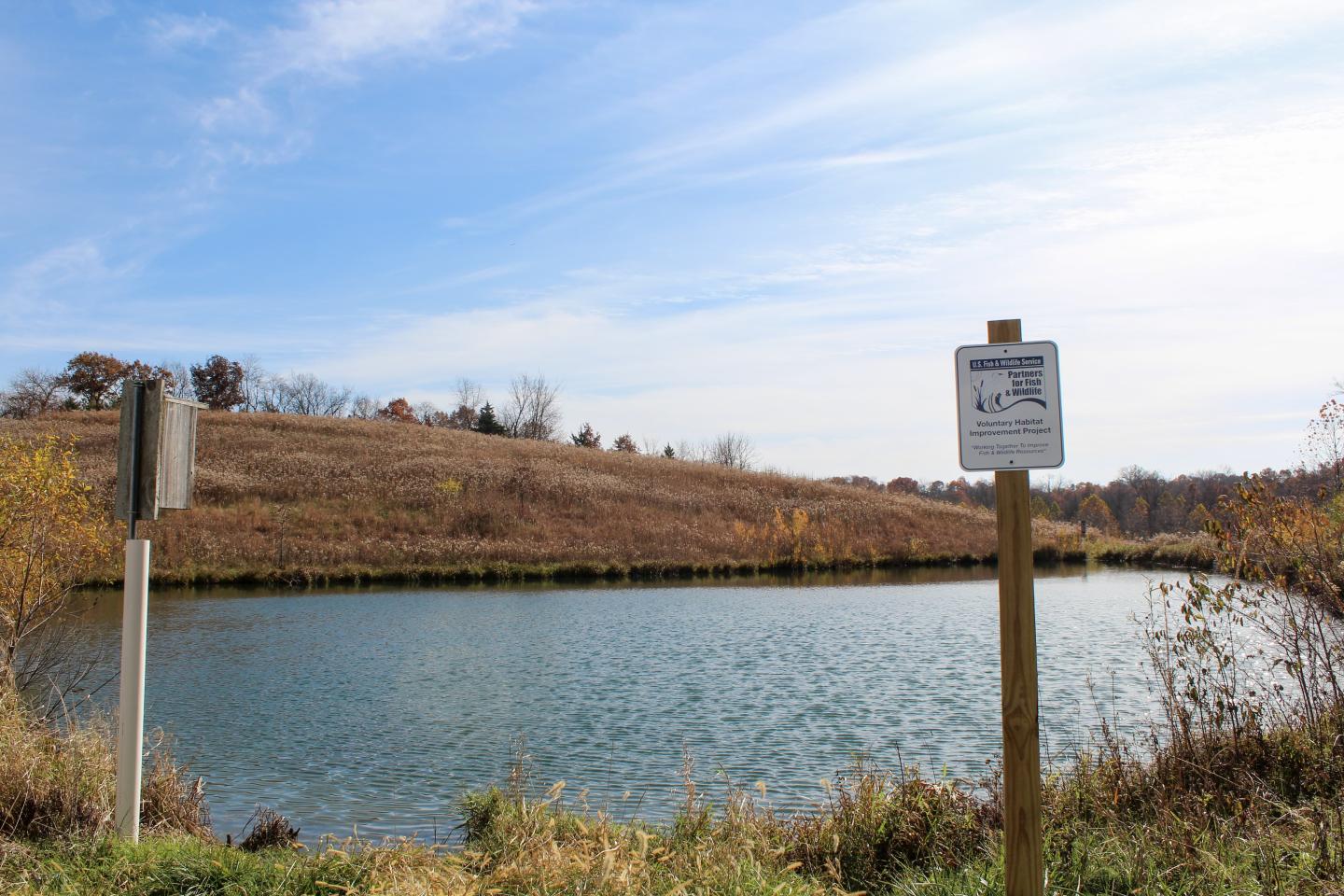
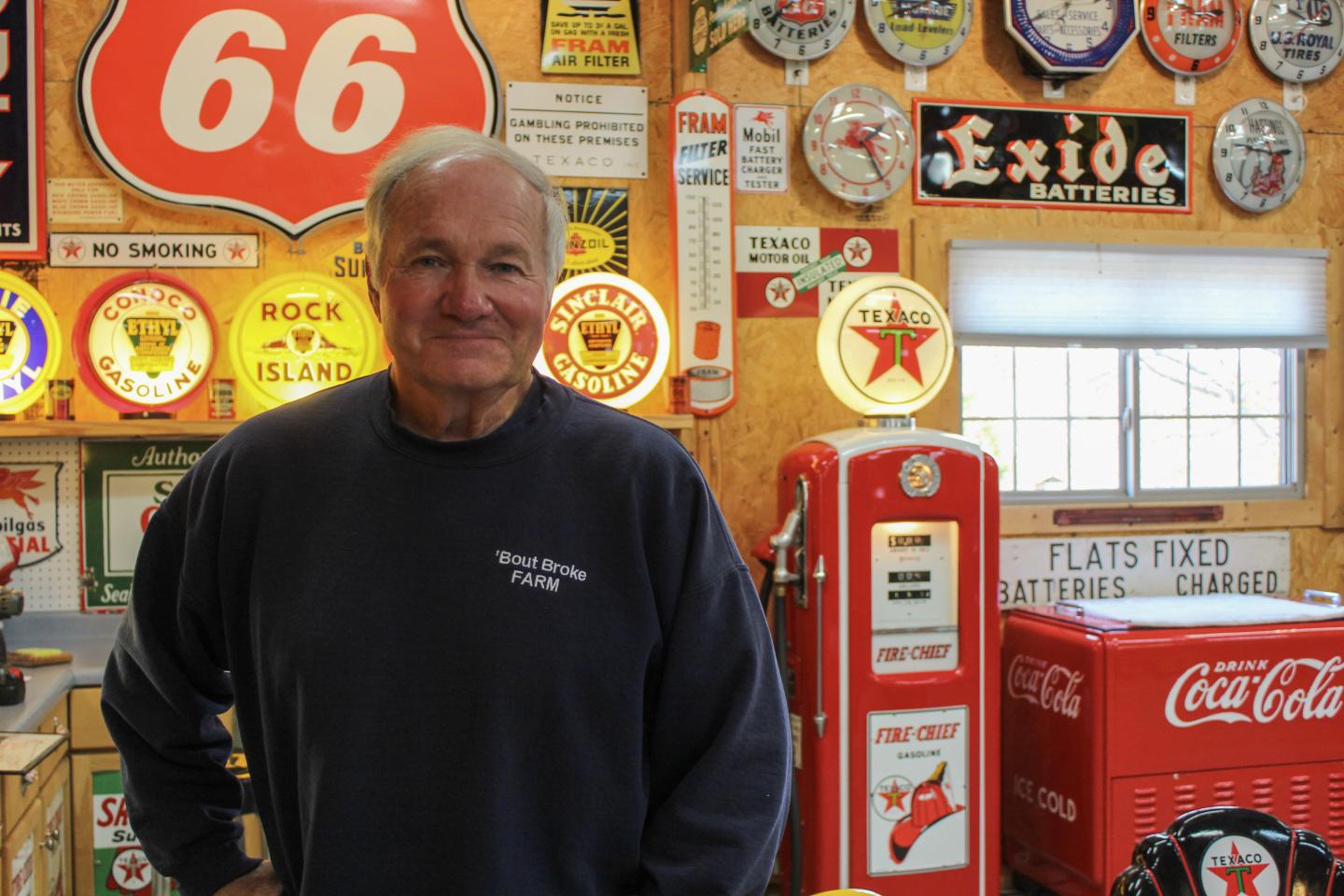
Birds spotted on 'Bout Broke Farm
American Crow
American Goldfinch
American Robin
Bald Eagle
Barn Swallow
Barred Owl
Belted Kingfisher
Black Capped Chickadee
Blue Jay
Blue Winged Teal
Bobwhite Quail
Broad Winged Hawk
Brown Creeper
Brown Headed Cowbird
Brown Thrasher
Bufflehead
Caroline Wren
Cedar Waxwing
Chipping Sparrow
Common Gold Eye
Common Grackle
Coopers Hawk
Downey Woodpecker
Eastern Bluebird
Eastern Kingbird
Eastern Meadowlark
Eastern Phoebe
European Starling
Gray Catbird
Great Blue Heron
Great Egret
Green Heron
Great Horned Owl
Hairy Woodpecker
House Finch
House Sparrow
House Wren
Indigo Bunting
Kestrel
Killdeer
Loggerhead Shrike
Mourning Dove
Northern Cardinal
Northern Junco
Northern Oriole
Northern Shoveler
Orchard Oriole
Pileated Woodpecker
Pine Siskin
Purple Finch
Purple Martin
Red Bellied Woodpecker
Red Headed Woodpecker
Red Tailed Hawk
Red Winged Blackbird
Rose Breasted Grosbeak
Ruby Throated Hummingbird
Rufous Sided Towhee
Screech Owl
Sharp Skinned Hawk
Song Sparrow
Tree Swallow
Tufted Titmouse
Turkey Vulture
White Breasted Nuthatch
White Crowned Sparrow
Wood Cock
Wood Duck
Wood Thrush
Yellow Bellied Sapsucker
Yellow Shafted Flicker



